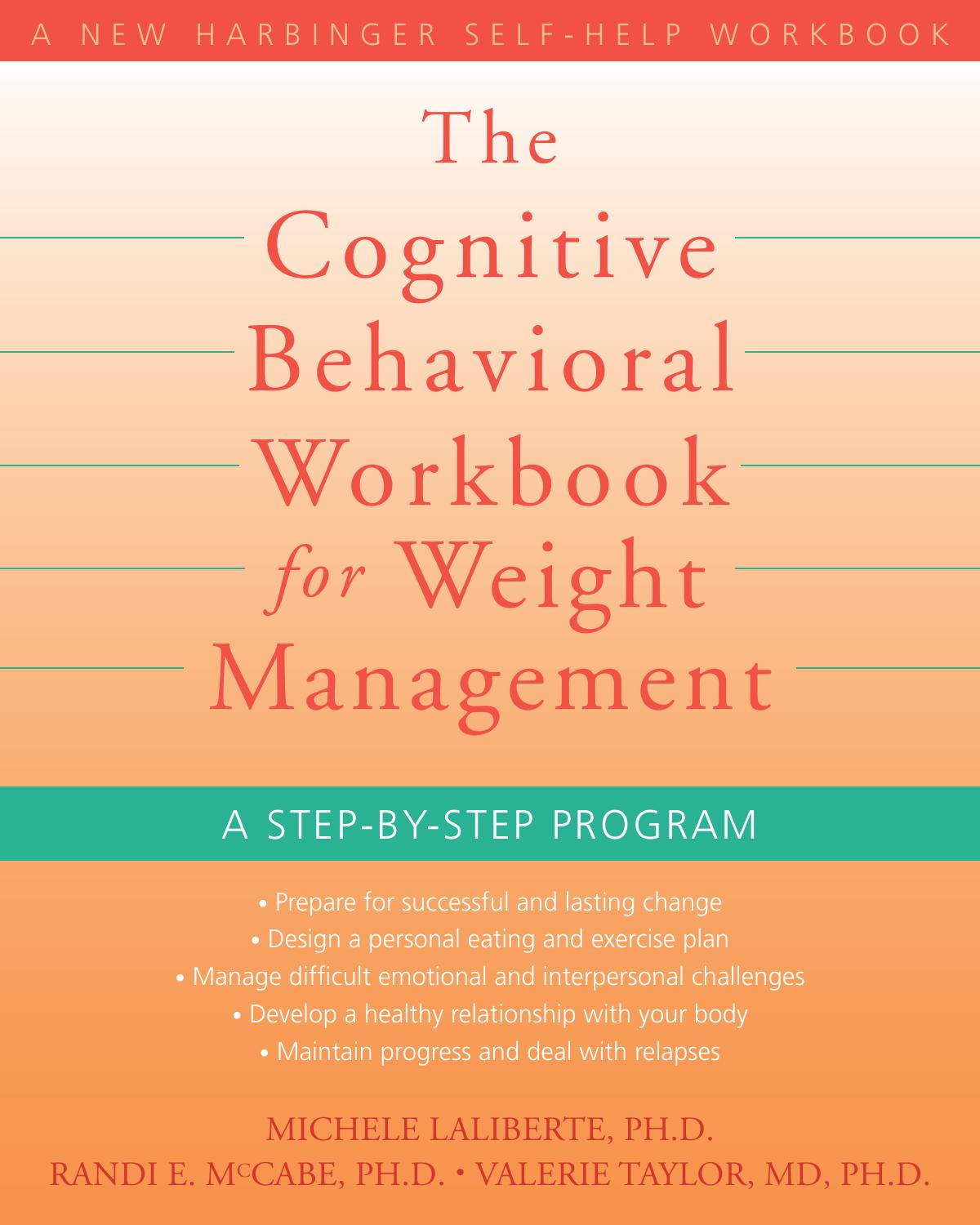

Most ebook files are in PDF format, so you can easily read them using various software such as Foxit Reader or directly on the Google Chrome browser.
Some ebook files are released by publishers in other formats such as .awz, .mobi, .epub, .fb2, etc. You may need to install specific software to read these formats on mobile/PC, such as Calibre.
Please read the tutorial at this link. https://ebooknice.com/page/post?id=faq
We offer FREE conversion to the popular formats you request; however, this may take some time. Therefore, right after payment, please email us, and we will try to provide the service as quickly as possible.
For some exceptional file formats or broken links (if any), please refrain from opening any disputes. Instead, email us first, and we will try to assist within a maximum of 6 hours.
EbookNice Team

Status:
Available5.0
29 reviews
ISBN 10: 1572246251
ISBN 13: 9781572246256
Author: Michele Laliberte, Randi E McCabe, Valerie Taylor
We all think we know what we have to do to manage our weight, and blame ourselves when we don't meet the goals we have set. In reality, we need to understand the biology behind the body's regulation of weight to achieve the control we are hoping for. And we need strategies for overcoming obstacles: the stress of daily life, emotional upsets, and people who sabotage our efforts or attack our self-esteem. The Cognitive Behavioral Workbook for Weight Management is a different kind of weight management guide that focuses on helping you stay disciplined and dedicated to your weight management goals by using cognitive behavioral therapy. This approach has been used by therapists for years to treat a diverse range of mental health conditions, and researchers have found that it also helps people make healthy changes that last. This workbook includes exercises and worksheets to help you design a customized weight management strategy most likely to be effective for you based on the habits and lifestyle you have now. You'll set specific goals to improve your body image and your health, and follow a realistic weight management plan designed specifically for you. It is possible to feel good about yourself as you work toward a healthier lifestyle. This book will show you how. Learn to: •Manage situational, emotional, and interpersonal eating triggers •Overcome body image difficulties and critical thoughts •Make changes toward weight management that you actually enjoy •Use support from friends and family to bolster success
1. What You Need to Know About Weight and Weight Loss Before You Get Started
The Two Big Concerns: Health and Body Image
Understanding Body Weight
Understanding Weight Loss
So What Is the Good News? How Do I Manage My Weight?
2. Setting Your Goals
A Personal Checkup: Your Weight and Your Health
Setting Your Goals to Improve Health
What Impact Does Your Weight Have on Your Quality of Life?
Do You Have an Eating Disorder?
3. Making Choices: Deciding What Weight Management Approach Is Right for You
Option 1: Healthy Living
Option 2: Weight Loss Through Lifestyle Changes
Option 3: Weight Loss Supported by Medication
Option 4: Weight Loss (Bariatric) Surgery
4. Making Preparations: Getting Ready for Your Change Journey
Increasing Your Readiness to Make Changes
5. Changing Your Lifestyle: Designing Your Eating Plan
Beginning with the Basics
Putting the Plan into Action: Tips for Success
Time to Start: Planning and Evaluating Your Progress
6. Changing Your Lifestyle: Designing Your Activity Plan
Why Bother to Be Active?
What Exactly Do We Mean by “Physical Activity”?
How Do You Know if Your Activity Is “Intense” Enough?
Evaluate Your Own Level of Physical Activity
How Could You Improve Your Fitness?
Finding the Right Physical Activities for You
Getting Specific: Designing Your Plan
Getting Started
7. Dealing with Bumps in the Road
Identifying Your Personal Triggers: Self-Monitoring
Putting Your Self-Monitoring to Work: Focusing on Your Triggers
In Conclusion
8. Managing Emotional Triggers
Understanding Your Emotions from a Cognitive Behavioral Therapy (CBT) Perspective
But I’m Not Sure What Emotion I’m Feeling!
Coping With Your Emotions
Summing Things Up
9. Managing Interpersonal Triggers
Identifying the Problem: Who Is in the Way?
Three Types of Interpersonal Obstacles
Getting Your Needs Met
Asserting Your Rights More Broadly
10. Enhancing Your Well-Being: Dealing with Body Dissatisfaction
How to Use This Chapter
What’s Your Goal in Trying to Improve YOUR Body Image?
Week 1: The Bridge from Lifestyle to Body Satisfaction
Week 2: Where Does Your Dissatisfaction Come From?
Week 3: Getting Personal—What You Say to Yourself
Week 4: Competitive Comparisons and Mind Reading
Week 5: Dealing with Clothing and the Media
11. Changing Behaviors That Support Body Dissatisfaction
Week 6: Eliminating Checking Behaviors
Week 7: Avoidance Behaviors—How You Limit Your Life
Week 8: Avoidance Behaviors—Planning for Change
Week 9: Avoidance Behaviors—Taking Back Your Life!
Week 10: Feeling Fat
12. Maintaining the Lifestyle Change
Succeeding in the Long Term: What Exactly Is Success?
An Overview and Plan for Dealing with Your Vulnerabilities
Your Journey Isn’t Over—It’s Just Beginning
References
the cognitive behavioral workbook for anxiety pdf
the cognitive behavioral workbook for anxiety
the cognitive behavioral workbook
the cognitive behavioral workbook for depression pdf
the cognitive behavioral workbook for depression
the cognitive behavioral workbook for anxiety a step-by-step program
cognitive behavioral therapy workbook pdf
the cognitive behavioral workbook for anger
Tags: Michele Laliberte, Randi E McCabe, Valerie Taylor, Cognitive, Behavioral